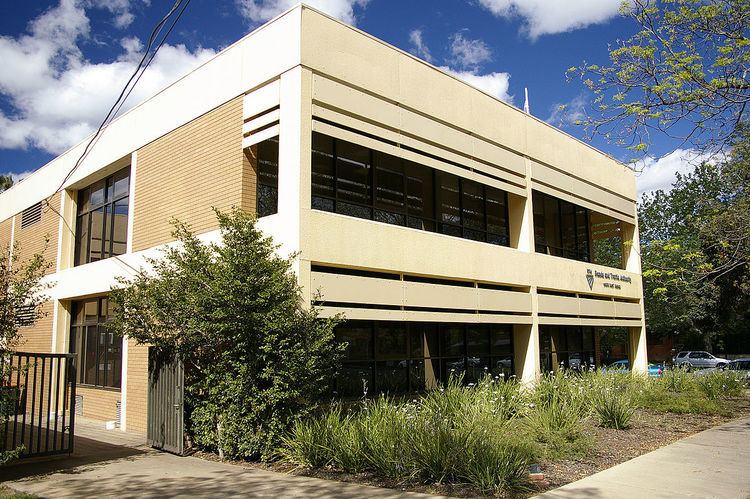Formed January 1989 (1989-01) Annual budget A$3.2 billion (2010) | Jurisdiction New South Wales | |
 | ||
Preceding agencies Department of Main RoadsDepartment of Motor TransportTraffic Authority Dissolved 1 November 2011 (2011-11-01) Superseding agency Roads and Maritime Services andTransport for New South Wales | ||
The Roads & Traffic Authority (RTA) is a former New South Wales (Australia) government agency that was responsible for major road infrastructure, licensing of drivers, and registration of motor vehicles. The RTA directly managed State roads and provided funding to local councils for regional and local roads. In addition, with assistance from the Federal Government, the RTA also previously managed the NSW national highway system. The agency was abolished in 2011 and replaced by NSW Roads and Maritime Services.
Contents
History
The Department of Main Roads (DMR) was created in November 1932. The DMR undertook works across NSW; including maintenance of all major roads into Sydney and programs of road reconstruction, construction, upgrading and rerouting. The DMR was also responsible for many ferries and New South Wales bridges.
In January 1989 of the Department of Main Roads, Department of Motor Transport, and the Traffic Authority were amalgamated into the Roads and Traffic Authority under the Transport Administration Act, No. 109, 1989 (NSW).
On 1 November 2011, the Roads and Traffic Authority in turn was merged with NSW Maritime to become Roads and Maritime Services. Planning and co-ordination functions were transferred to Transport for NSW.
Regions of the RTA
The Roads and Traffic Authority is divided up into six regions:
Functions
Roads and Traffic Authority managed 4,787 bridges and 17,623 km (10,950 mi) of state roads and highways, including 3,105 km (1,929 mi) of national highways, and employs 6,900 staff in more than 180 offices throughout NSW, including 129 Motor Registries Offices.
Vehicle registration
The Roads and Traffic Authority is responsible for the registration of vehicles (including the issuing of registration plates) and the issuing of Drivers licences in New South Wales, including testing and administering of licences. Additionally, the RTA produces photo cards for identification of non-drivers and issues photographic firearms licences for the New South Wales Police Firearms Registry, security licences also for the New South Wales Police, Commercial Agents & Private Inquiry Agents cards and Mobility Parking Permits.
Key building projects
Key road building projects that the Roads and Traffic Authority is undertaking either directly, through contractors or via public/private partnerships, include:
Major incident response
Within NSW, the Transport Management Centre is responsible for managing special events and unplanned incidents and disseminating information to motorists. It is the central point for identifying and directing the response to incidents such as crashes, breakdowns and spills. It passes on information to the public through the media, the RTA call centre and variable message signs along routes.
In 1999 the NSW Transport Management Centre (TMC) established Traffic Commander and Traffic Emergency Patrol (TEP) services throughout the Greater Urban Area of Sydney to provide 24-hour 365-day-a-year coverage to "Manage the traffic arrangements around an incident scene and return the road to normal operating conditions with the utmost urgency."
Traffic Commanders take command of traffic management arrangements at an incident (such as a motor vehicle collision) and liaise with other response agencies such as the Police, and assist in clearing the road and minimising the effects and disruption to traffic. Traffic Emergency Patrols vans patrol major road routes and respond to unplanned incidents with the aim of returning the road to normal operating conditions as soon as possible. Both Traffic Commanders and TEP units carry a wide array of traffic management devices such as traffic cones, barrier boards and road signage. Both also are permitted to use and display red and blue emergency lighting and are designated as 'emergency vehicles'.
Recently completed projects
Ferry services
As part of its duty to provide major road infrastructure, the RTA is responsible for the provision of several car ferries. These ferries are all toll-free, and include:
